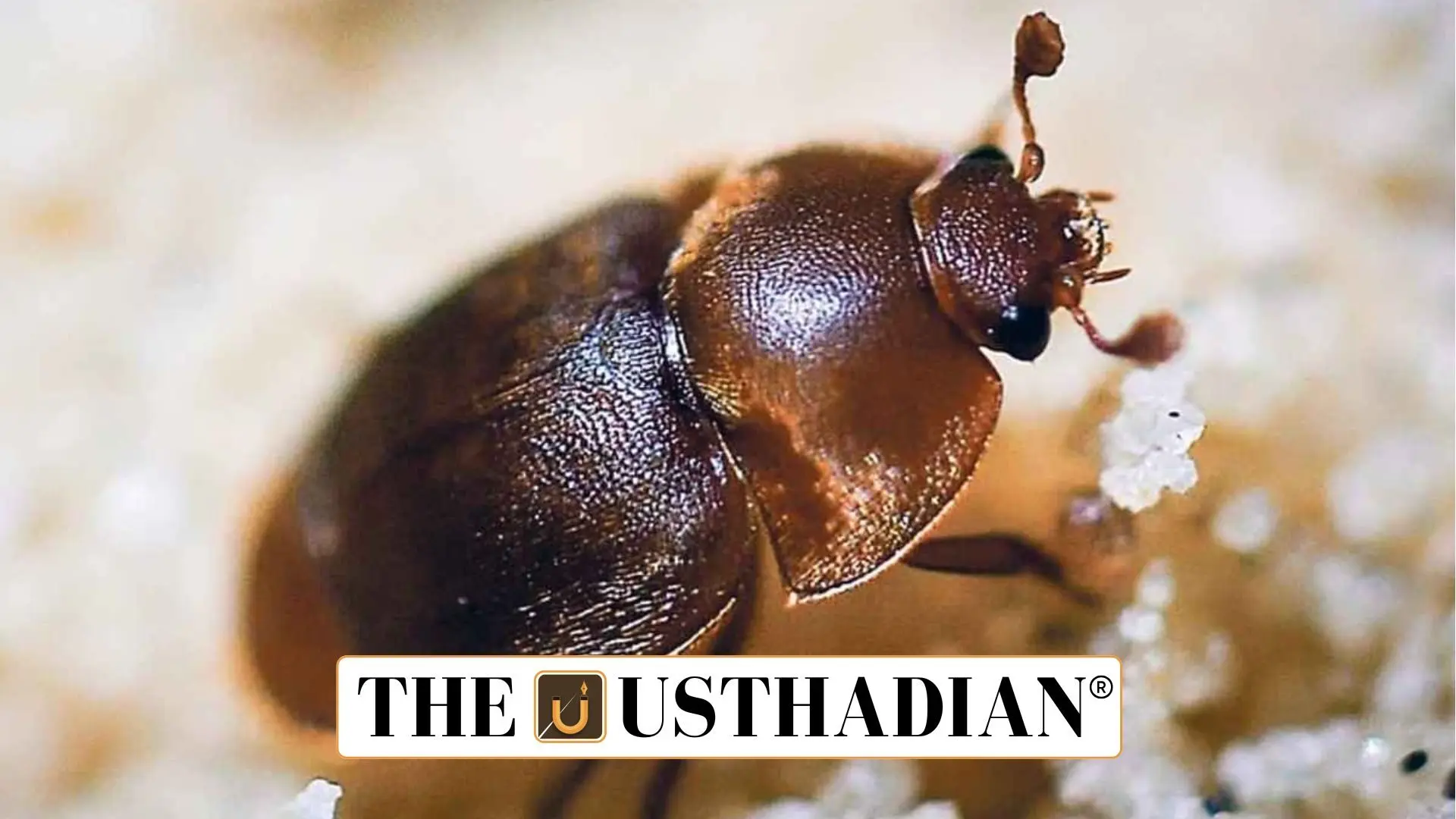First Sighting Sparks Alarm
India Faces New Threat to Beekeeping: Small Hive Beetle Discovered in West Bengal : India’s beekeeping industry is on high alert after the first confirmed presence of the Small Hive Beetle (SHB) in West Bengal. Scientifically called Aethina tumida, this beetle has never been recorded in India before. The discovery is more than a local issue—it signals a serious challenge to apiculture, agricultural productivity, and biodiversity across the country.
What Is the Small Hive Beetle?
The Small Hive Beetle is an invasive insect that preys on beehives. It’s small—just 5 to 7 mm long—and reddish-brown in colour. Female beetles sneak into hives through tiny gaps and lay eggs inside. These eggs hatch into larvae that feed on honey, pollen, and bee brood, creating chaos in the hive. Honey gets spoiled and the colony may collapse, especially if not detected early.
How Did It Get Here?
The SHB is native to sub-Saharan Africa and has gradually spread across the globe. It was first reported in the United States in 1999 and later in Australia in 2002. With today’s global trade and travel, pests like SHB are finding new homes quickly. Their spread shows how international shipping and loose biosecurity checks can bring serious environmental risks.
What It Means for India’s Bees and Beyond
India is the sixth-largest producer of honey in the world, and beekeeping supports thousands of livelihoods. But the SHB threatens that system. The contaminated honey becomes unfit for consumption or sale. Moreover, SHB doesn’t just attack European bees (Apis mellifera)—it can harm Asian honeybees (Apis cerana) and bumblebees, both vital pollinators in India. A disruption in pollination means lower crop yields and a dent in food security.
What Are Experts Doing Now?
Scientists are rushing to study the beetle in labs to understand its behaviour in India’s climate. They’re also recommending strict containment zones, particularly around apiaries in West Bengal. India may need to set up SHB surveillance protocols, like those used for locust swarms or foot-and-mouth disease. Training for local beekeepers on early signs of infection and safe hive management is also underway.
More Than Just a Beekeeping Problem
SHB is a stark reminder of how invasive species threaten ecological balance. If left unchecked, such pests compete with native insects, alter food chains, and even spread diseases to other pollinators. The long-term impact could be a decline in plant diversity, including endangered species that rely on insect pollination. India’s environmental agencies must act fast before the problem becomes unmanageable.
Static GK Snapshot
India Faces New Threat to Beekeeping: Small Hive Beetle Discovered in West Bengal :
| Aspect | Details |
| Invasive Species Name | Small Hive Beetle (Aethina tumida) |
| First Global Sighting | Sub-Saharan Africa (1867) |
| First Found in India | West Bengal (2025) |
| Threat Level | High – to bees, biodiversity, and honey |
| Key Impacted Sector | Apiculture (Beekeeping) |
| First US Appearance | 1999 |
| Indian Honey Production Rank | 6th globally |
| Control Measures | Lab studies, containment zones, training |
| Relevant Exams | UPSC, TNPSC, SSC, State PSCs, NABARD, RBI |








